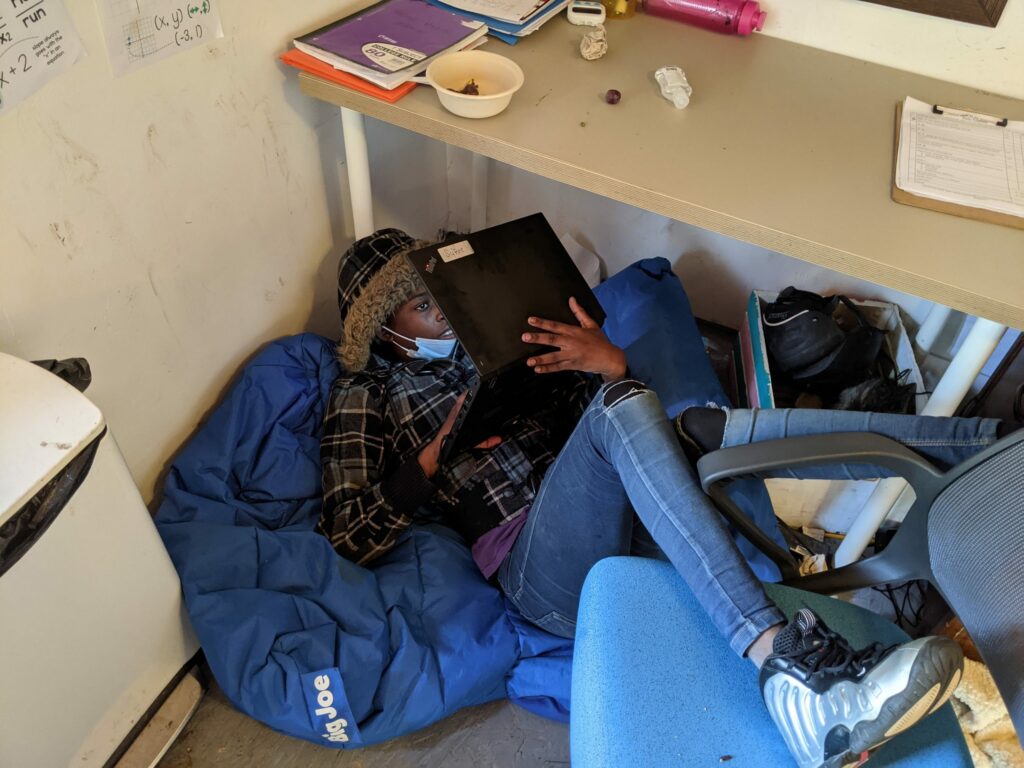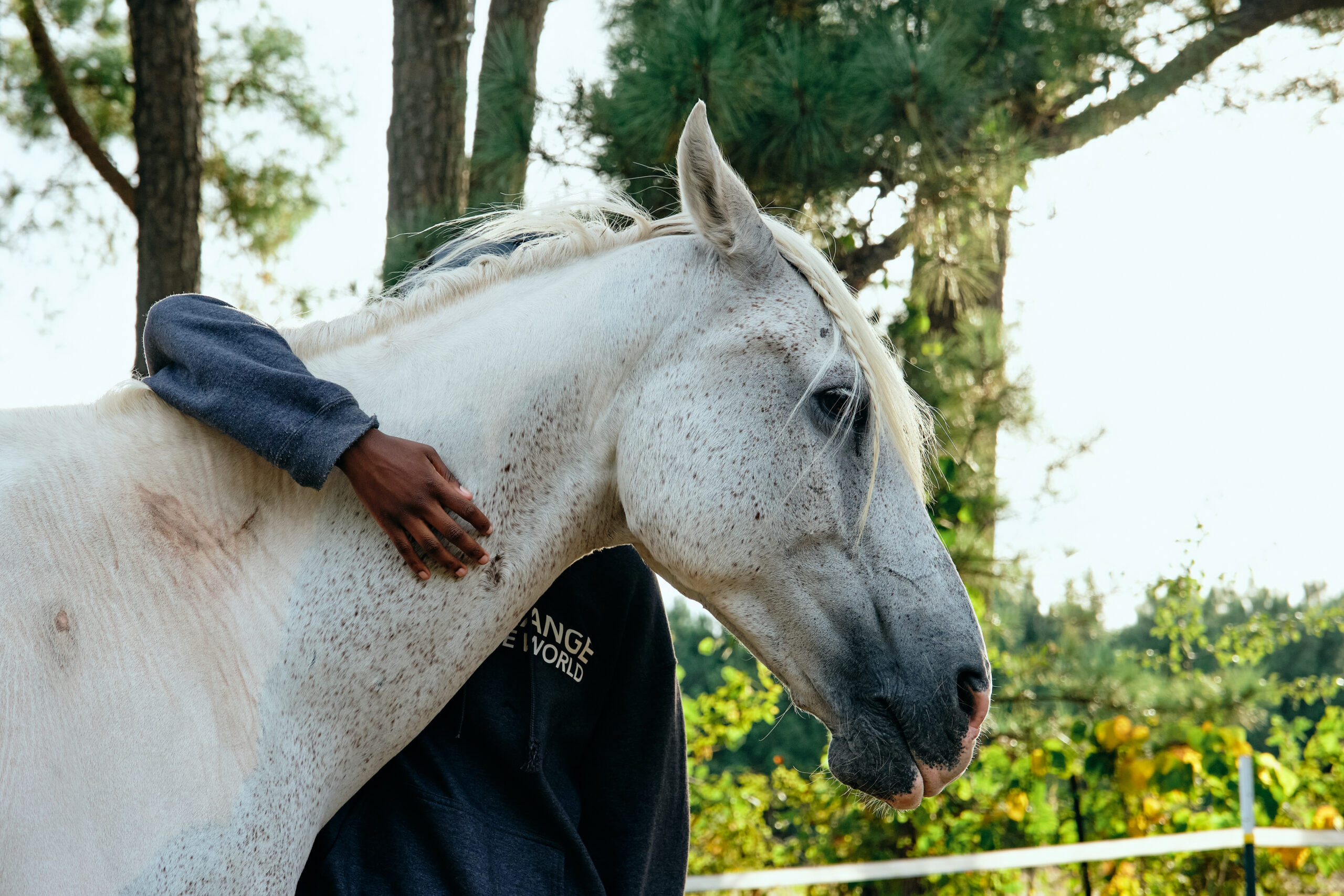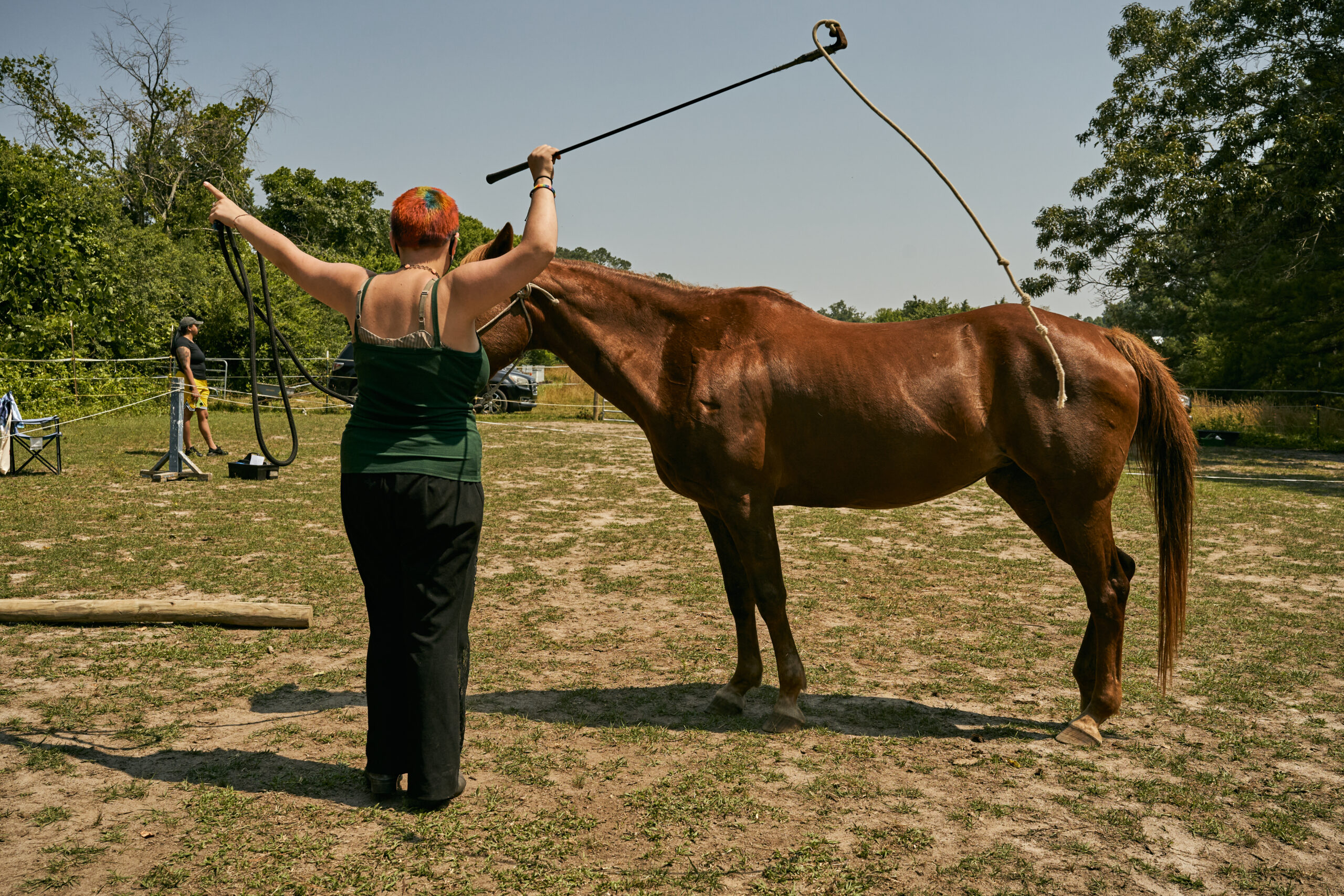We often think of education as protective. In reality, however, some schools are delivering the opposite of protection for their most vulnerable students: a path toward incarceration. This phenomenon, known as the school-to-prison pipeline, drives students out of schools with overly harsh punishments that directly or indirectly put them in contact with the justice system. The pipeline disproportionately affects students of color and those with disabilities, placing them on a perilous trajectory rather than offering them the support they require to succeed as students.
Zero Tolerance Policies
Researchers have identified and begun to piece together the origins and mechanisms of this criminalization of America’s youth. Zero tolerance and other punitive policies enacted in the 1980s and 1990s are thought to be the main culprits. The federal Anti-Drug Abuse Act of 1986 ushered in a wave of zero tolerance and punitive disciplinary policies in schools. Then in 1994, the Gun-Free Schools Act, intended to protect students from violence, led to the channeling of resources toward law enforcement presence in schools —and away from other support services — and contributed to further changes in the nature of school disciplinary practices. Soon zero tolerance and other punitive policies meant to target especially dangerous behaviors broadened in many schools to include all sorts of minor behavioral transgressions.
Rather than funding school support staff to handle trivial, non-violent infractions in productive, evidence-based ways, schools began to depend on law enforcement to manage these issues, contributing to a staggering increase in youth arrests and referrals to the juvenile justice system. A Children’s Defense Fund report documented cases in which many students were incarcerated for such minor infractions as dress code violations, tardiness, and the use of vulgar language. Schools with police presence report 3.5 times as many student arrests as schools without police presence. Even when police are not involved in discipline, overly harsh punitive policies can indirectly place students on a path into the justice system. Suspension and expulsion have been linked to higher likelihoods of dropping out of school and entering the juvenile or criminal justice system.
Disparities: Race and Disabilities
Disparities in student arrests, suspensions, and expulsions related to race and disabilities are longstanding and well-documented. For example, a 2019 ACLU report showed that in North Carolina, Black girls are eight times as likely as white girls to be arrested in school once they enter the juvenile justice system. Black girls also receive more punitive treatment than their white peers. They and other children of color are more likely than white children to be transferred to the adult criminal justice system and tried as adults.
• In N.C., Black girls are 8x as likely as white girls to be
arrested in school.
• Native American girls are 3x more likely as white girls
to be suspended in school.
• Students with disabilities are 3–10x more likely than
their peers to be arrested in school.
How CORRAL Interrupts the Pipeline
by Katie Zucco, CORRAL Mental Health Services Manager
CORRAL works to interrupt the pipeline in a variety of ways. We have girls and parents sign releases for their teachers and schools, so we can bridge a communication gap. We also work with teachers to explore the WHY behind our girls’ academic disruption. We advocate with parents and their daughters to ensure their IEPs & 504s are followed, and girls are getting access to the support they need. Intrinsically linked with academic disruption is mental health and resource needs. We serve girls in high risk situations, which often means their housing or food sources are not stable. Asking a child to sit still in a class when they haven’t eaten meals is incongruent to supporting the child.
Research shows that justice-involved adolescents are more likely to have a psychiatric diagnosis than youth in the general population. We teach our girls the emotional skills they need to navigate these situations. And, about a third of children in the juvenile justice system have at least one disability that qualifies them to receive special education services. More importantly, we can advocate to all the people (teachers, school social workers, administrative staff) serving our girls the link of mental health needs with academic success or support.
When we think about the school-to-prison pipeline, we also need to understand the mental health component. It’s not as easy as understanding a diagnosis and implementing a treatment. Diagnoses can have overlapping symptoms and some diagnoses have a stigma attached. Studies have shown that Black youth are more likely than their white peers to be diagnosed with Oppositional Defiant Disorder (ODD) or Conduct Disorder (CD). This is important because there are very different attitudes and stigmas attached to a mood disorder (depression or anxiety) vs. a disruptive or impulse disorder (ODD, CD, & antisocial).
Sources for article and statistics:
- https://endseclusion.org/research/education-or-incarceration/
- https://b.3cdn.net/advancement/d05cb2181a4545db07_r2im6caqe.pdf
- https://www.thoughtco.com/school-to-prison-pipeline-4136170
- https://www.childrensdefense.org/wp-content/uploads/2018/08/dismantling-the-cpp.pdf
- https://genderjusticeandopportunity.georgetown.edu/wp-content/uploads/2020/06/girlhood-interrupted.pdf





